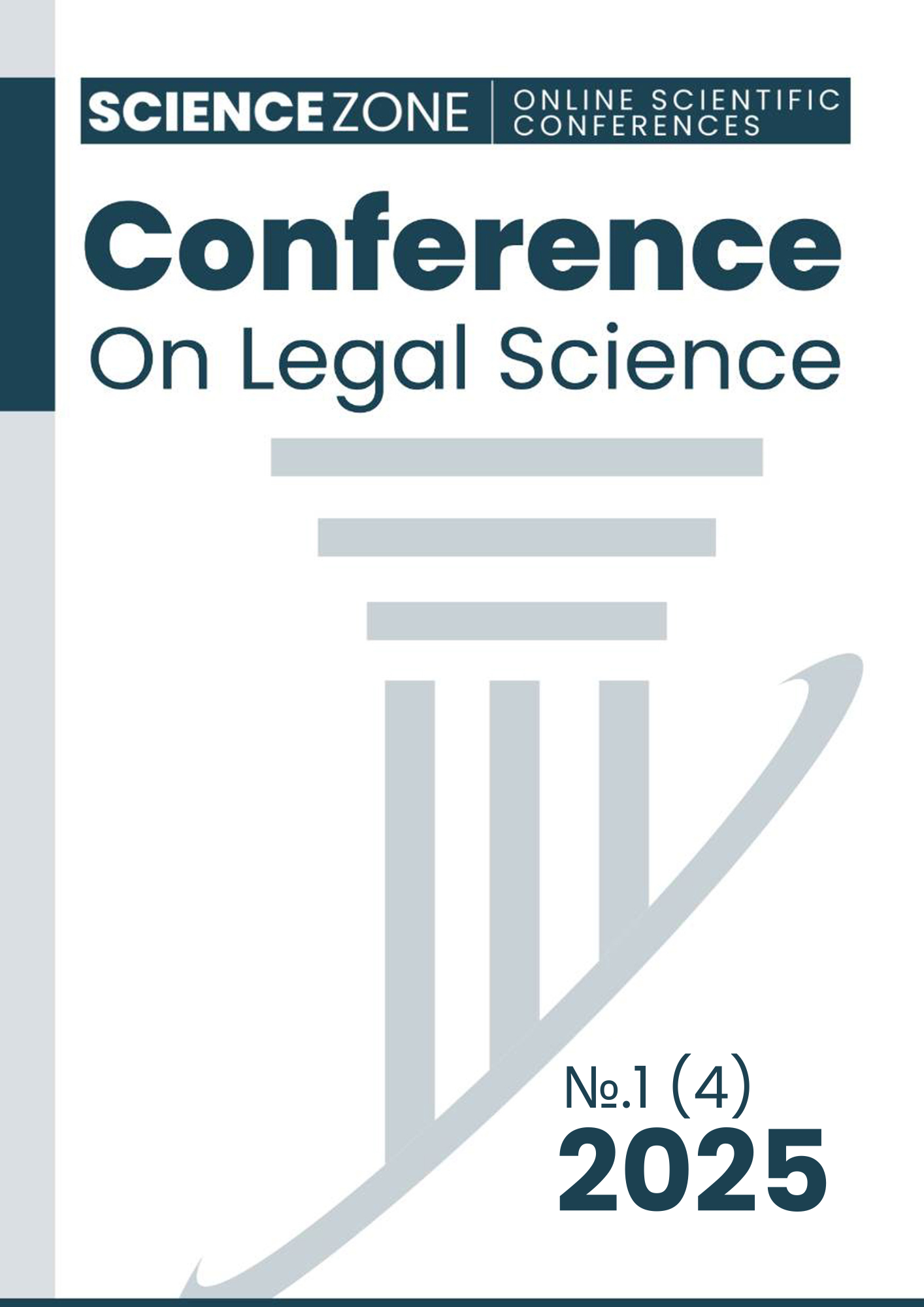DIGITAL FORENSICS AND ITS SIGNIFICANCE
Keywords:
digital forensics, cybercrime investigation, digital evidence, forensic methodologies, cybersecurity, legal admissibilityAbstract
Digital forensics, as a scientific discipline, focuses on the recovery, analysis, and presentation of digital evidence in a legally admissible manner. This study systematically explores the methodologies, applications, and critical role of digital forensics in combating cybercrime, supporting civil litigation, and enhancing cybersecurity. Through a rigorous literature review of peer-reviewed sources, the article highlights the structured processes, technological advancements, and persistent challenges, such as evidence volatility and jurisdictional complexities. Findings underscore digital forensics’ contributions to justice, governance, and public trust in digital ecosystems. The discussion evaluates limitations and proposes future directions, emphasizing interdisciplinary collaboration and technological innovation. This research positions digital forensics as an indispensable pillar of modern investigative practice, with profound implications for global legal and societal frameworks.
References
Baggili, I., & Breitinger, F. (2020). IoT forensics: A state-of-the-art review. Internet of Things, 10, 100-108. https://doi.org/10.1016/j.iot.2020.100108
Carrier, B. (2019). File system forensic analysis (2nd ed.). Addison-Wesley.
Casey, E. (2020). Digital evidence and computer crime: Forensic science, computers, and the internet (4th ed.). Academic Press.
Garfinkel, S. L. (2017). Digital forensics: Challenges and opportunities. Journal of Forensic Sciences, 62(4), 789-796. https://doi.org/10.1111/1556-4029.13345
Lillis, D., Becker, B. A., & Scanlon, M. (2020). Current challenges in digital forensics. Forensic Science International: Digital Investigation, 33, 301-309. https://doi.org/10.1016/j.fsidi.2020.301309
Moher, D., Liberati, A., Tetzlaff, J., & Altman, D. G. (2015). Preferred reporting items for systematic reviews and meta-analyses: The PRISMA statement. PLoS Medicine, 6(7), e1000097. https://doi.org/10.1371/journal.pmed.1000097
Montasari, R., & Hill, R. (2021). The role of digital forensics in modern investigations. Computers & Security, 102, 102-108. https://doi.org/10.1016/j.cose.2020.102108
Palmer, G. (2015). A road map for digital forensics research. Digital Investigation, 1(1), 1-10. https://doi.org/10.1016/j.diin.2004.06.001
Pollitt, M. M. (2018). The evolution of digital forensic processes. Journal of Digital Forensics, Security and Law, 13(1), 23-34. https://doi.org/10.15394/jdfsl.2018.1234
Reith, M., Carr, C., & Gunsch, G. (2016). Digital forensic models: A systematic review. International Journal of Digital Evidence, 5(2), 45-56.



